Your cart is currently empty!
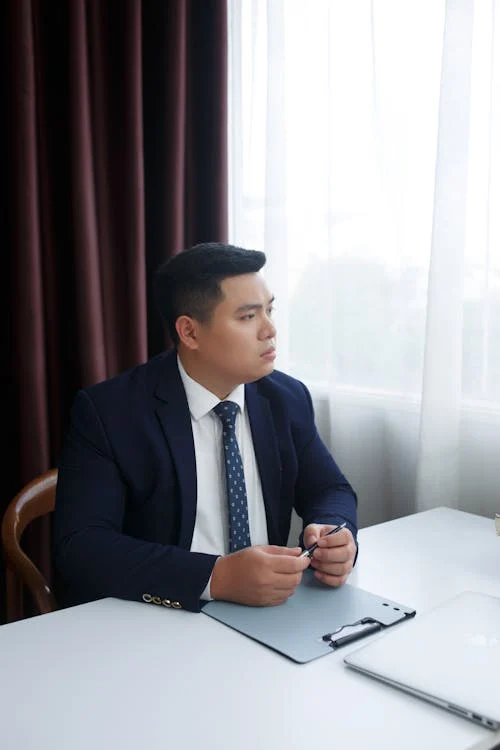
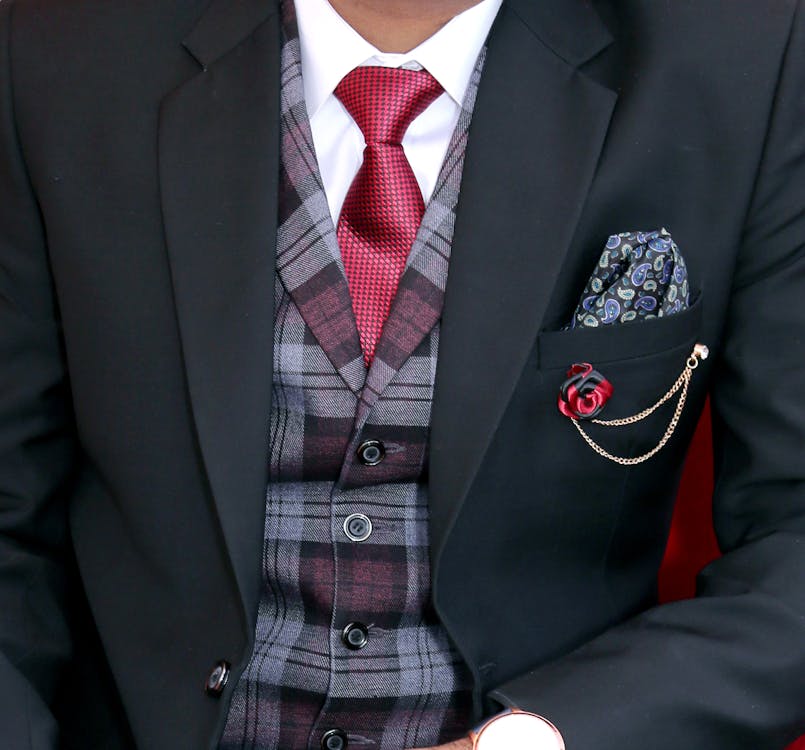
Understanding Men’s Business Formal Fashion
Men’s Business Formal Fashion Men’s business formal fashion is more than just a suit and tie—it’s a reflection of professionalism, attention to detail, and personal style. Navigating this world requires an understanding of key components, the ability to mix and match with finesse, and knowledge of how to adapt to different business environments.
The Core Elements of Business Formal Attire
Suits: The Foundation of Business Formal Wear
A well-tailored suit is the cornerstone of any business formal wardrobe. The classic colors—navy, charcoal, and black—are indispensable, providing a versatile base that can be dressed up or down depending on the occasion. Fit is crucial; a suit should complement your body shape, with attention paid to shoulder width, sleeve length, and the drape of the trousers.
Choosing the Right Fabric Men’s Business Formal Fashion
Wool is the most common fabric for business suits, known for its durability and breathability. For warmer climates, consider lightweight options like linen or cotton, but be mindful that these can wrinkle easily. In cooler months, flannel and tweed offer warmth and a sophisticated texture.
Shirts: The Subtle Art of Elegance
The dress shirt is another key player in business formal fashion. White and light blue are the traditional go-to colors, offering versatility and a clean backdrop for ties and suits. When choosing a shirt, focus on fabric—cotton is preferred for its comfort and breathability. The collar style is also important; a spread or point collar pairs well with most tie knots and suits.
Patterns and Textures Men’s Business Formal Fashion
While solid colors are the safest bet, subtle patterns like stripes or checks can add a touch of personality without compromising formality. Ensure that the shirt’s pattern doesn’t clash with your suit or tie—coordination is key.
Ties: The Statement Piece
Ties allow for personal expression within the confines of business formal wear. Silk ties are the most popular due to their luxurious texture and sheen. The width of the tie should correspond with the lapel of your suit jacket—narrow lapels call for slimmer ties, while wider lapels can accommodate broader ties.
Colors and Patterns
A solid tie in a bold color like burgundy or navy is always a safe choice. However, patterns such as stripes, paisleys, or small geometric designs can add interest to your outfit. Just remember to balance your look—if your suit and shirt are patterned, opt for a solid tie, and vice versa.
Footwear: Polished and Professional
Shoes are often overlooked, but they are an essential part of a business formal outfit. Oxfords and Derbys in black or dark brown are the gold standard. Ensure that your shoes are polished and well-maintained, as scuffed or worn-out shoes can detract from your overall appearance.
Matching Your Belt and Shoes
A classic rule in men’s fashion is to match your belt with your shoes. This creates a cohesive look and demonstrates attention to detail. For business formal attire, stick to leather belts in black or brown, depending on your shoe color.
Accessories Men’s Business Formal Fashion
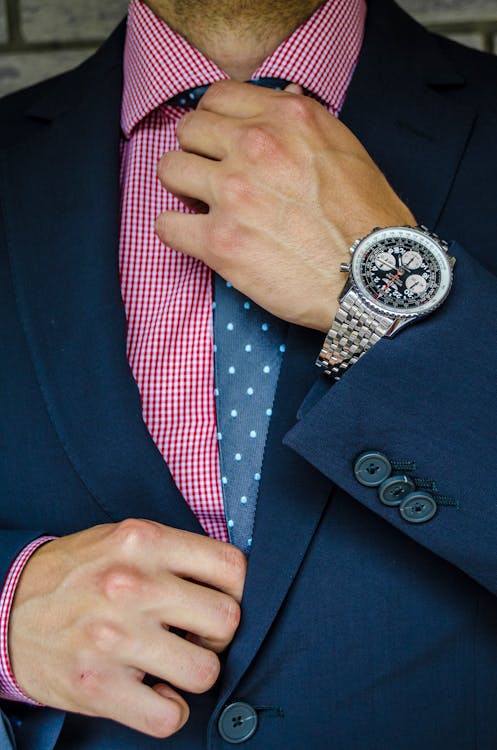
Watches: The Ultimate Accessory
A watch is more than just a timepiece—it’s a subtle statement of style. For business formal settings, a classic analog watch with a leather or metal band is appropriate. Avoid overly large or flashy watches that can appear unprofessional.
Cufflinks: A Touch of Class
Cufflinks are an elegant way to personalize your outfit. Simple silver or gold designs are timeless and versatile. Avoid novelty cufflinks for business formal occasions, as they can detract from the seriousness of your attire.
Pocket Squares: A Pop of Personality
A pocket square adds a touch of flair to your suit without being overpowering. Stick to silk or linen materials, and choose colors or patterns that complement your tie and suit. The fold can vary, from a simple square fold to a more elaborate puff or peak.
Seasonal Considerations in Business Formal Fashion
Dressing for Warmer Weather
In summer, opt for lighter fabrics and colors to stay cool while maintaining a professional appearance. Unlined or partially lined suits offer better breathability, and light-colored suits in shades of beige, light grey, or blue can provide a fresh look. Pair these with lighter cotton shirts and ties in breathable fabrics like silk blends.
Dressing for Cooler Weather
Winter calls for heavier fabrics like wool, flannel, or tweed. These materials not only provide warmth but also add texture and depth to your outfit. Layering is key—consider adding a vest under your suit jacket or opting for a three-piece suit. Accessories like scarves and gloves should be in neutral colors and high-quality materials such as cashmere or wool.
Adapting Business Formal Fashion to Different Work

Corporate Office Settings
In a corporate setting, the traditional dark suit, white shirt, and conservative tie remain the standard. However, in more creative or modern workplaces, you might have the flexibility to experiment with lighter suits, patterned shirts, and more expressive ties.
Client Meetings and Presentations
When meeting clients or giving presentations, it’s important to strike a balance between professionalism and approachability. A well-fitted suit in a neutral color, paired with a light-colored shirt and a tie that adds a pop of color, can project both confidence and competence.
Business Formal Events
Events such as conferences, formal dinners, or networking events often require stricter adherence to business formal dress codes. In these situations, err on the side of formality—a three-piece suit or a dark, well-tailored suit paired with polished shoes and subtle accessories is a safe bet.
Maintaining and Caring for Your Business Formal Attire
Regular Cleaning and Pressing
To keep your business formal attire looking sharp, regular cleaning and pressing are essential. Always follow the care instructions on your garments. For suits, professional dry cleaning is recommended, but avoid over-cleaning as it can wear out the fabric.
Proper Storage
Store your suits on sturdy, wide hangers to maintain their shape. Shirts should be hung or folded neatly, and ties should be rolled or hung to prevent creases. Keep your shoes in a cool, dry place, and use shoe trees to retain their shape.
Repairs and Alterations
Invest in minor repairs and alterations to keep your business formal attire in top condition. A well-fitted suit not only looks better but also feels more comfortable. Regularly check for loose buttons, fraying seams, or worn-out soles on your shoes, and address these issues promptly.
Conclusion: Mastering Men’s Business Formal Fashion
Mastering men’s business formal fashion is about more than just following a dress code—it’s about understanding the nuances of style, fit, and presentation. With the right knowledge and attention to detail, you can create a professional, polished look that leaves a lasting impression in any business setting.
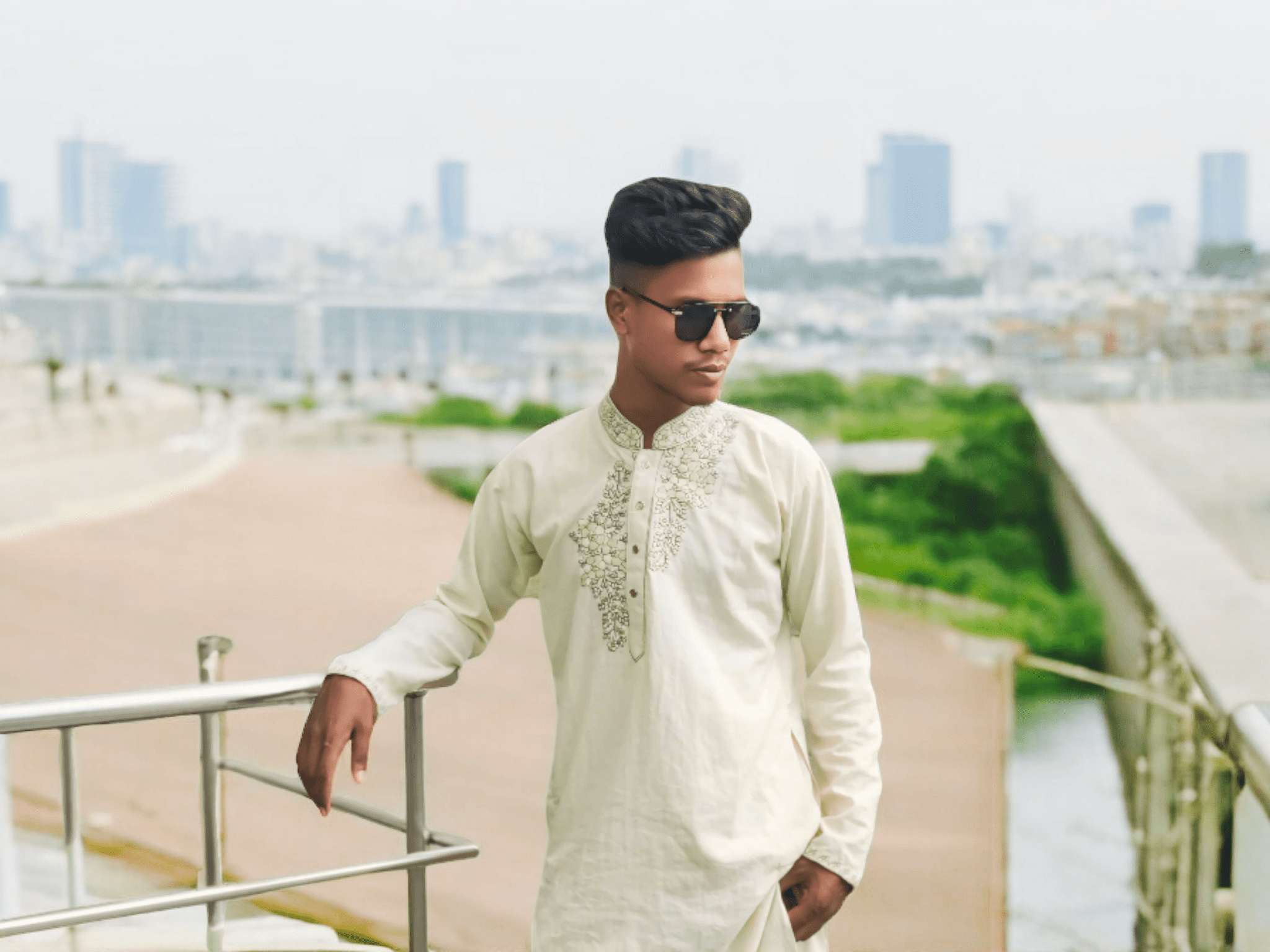
Assalamu Alaikum.. I am Mohammad Sojib I have been working in fashion for a long time I am in US and UK and I write about this topic in many places. I have been working and working on this topic for a long time
And I am a blogger I have been blogging about fashion for a long time in different places.
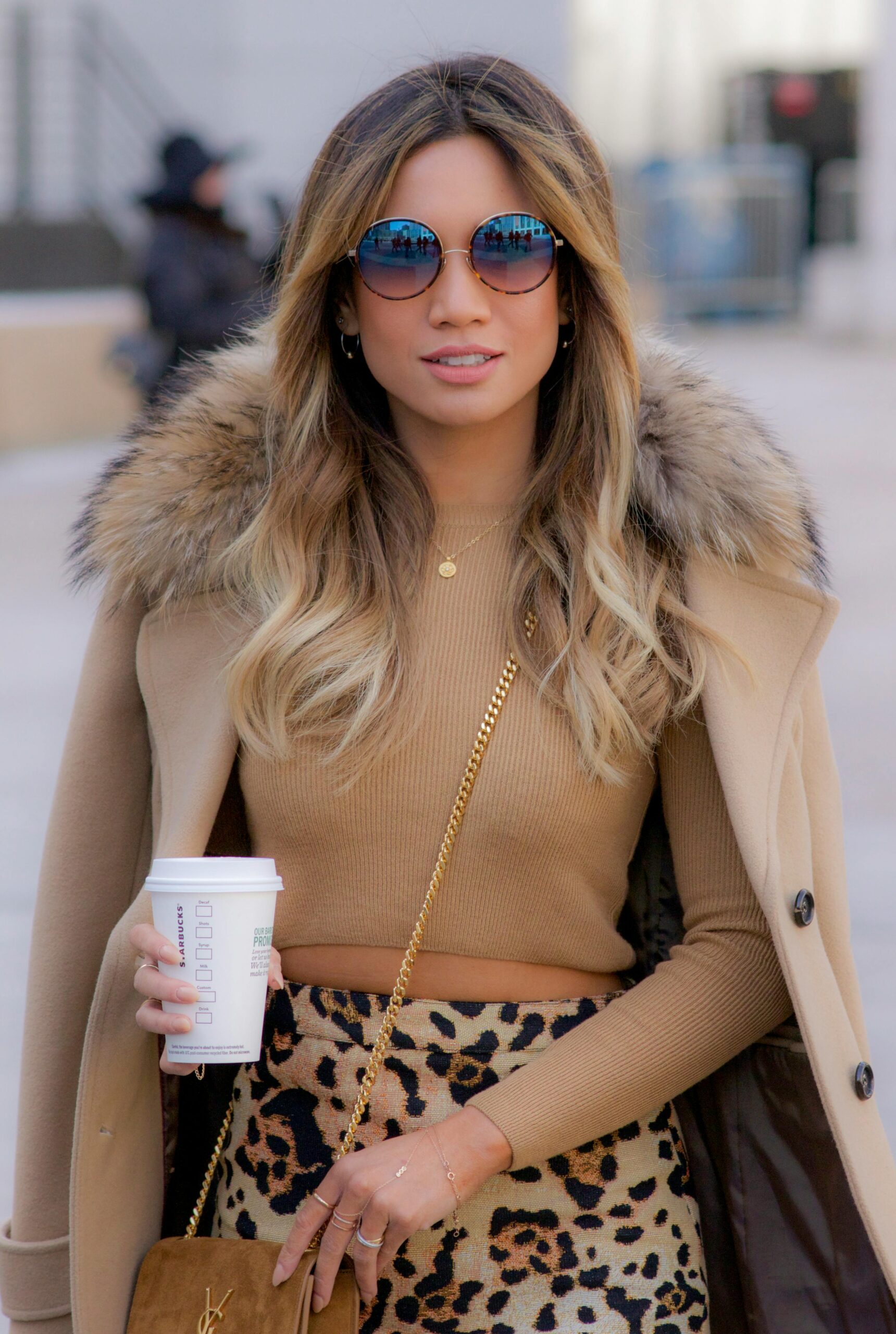
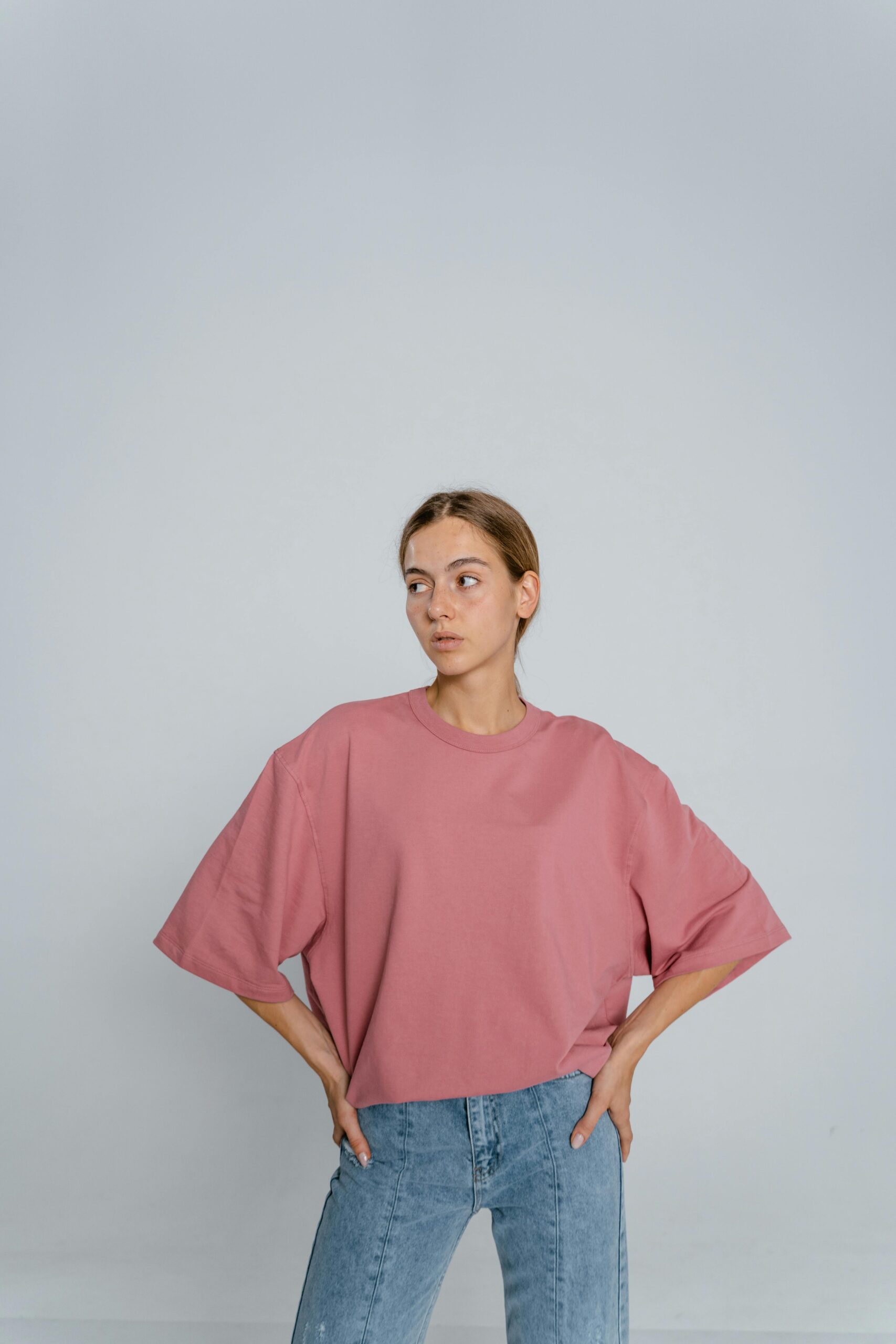
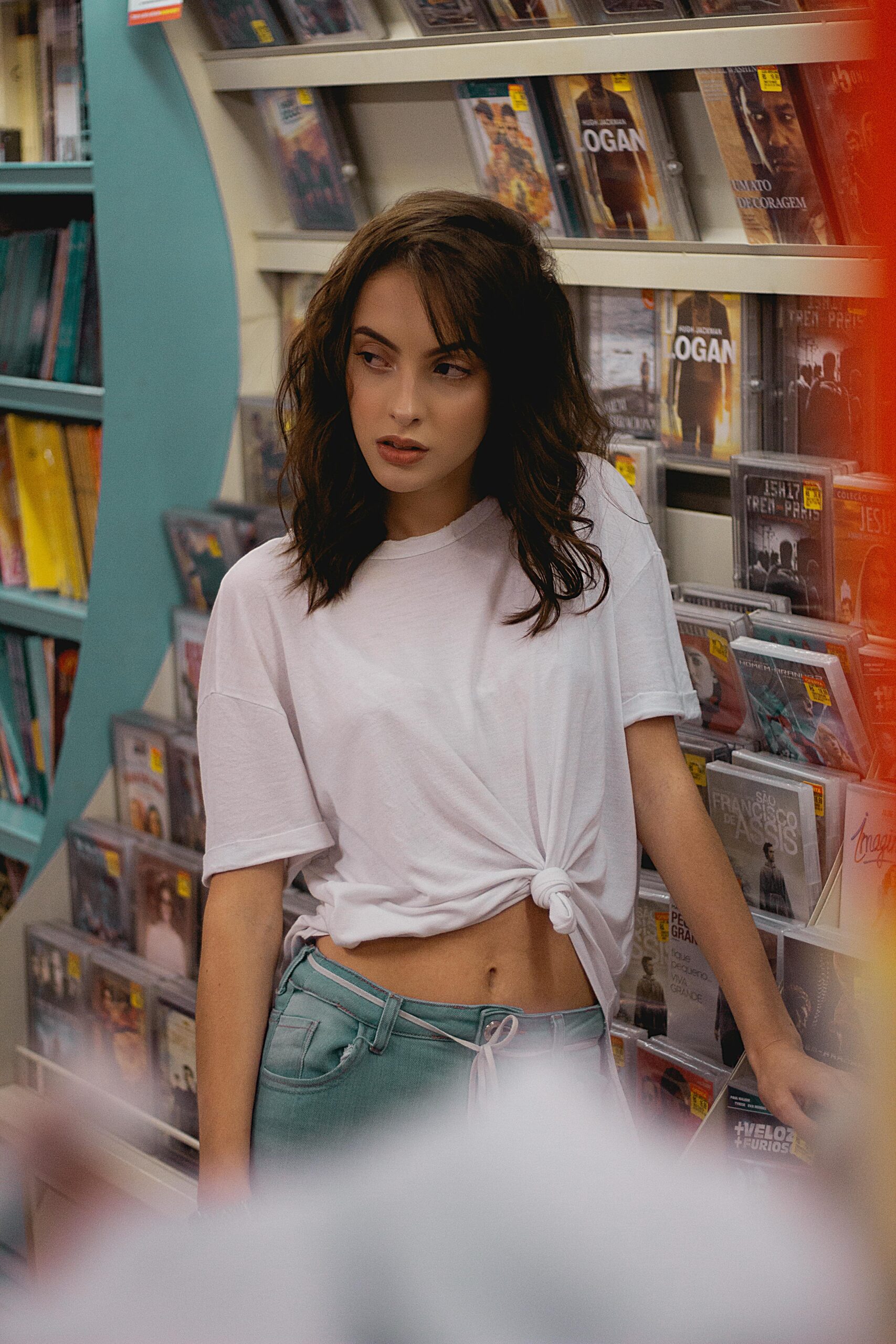




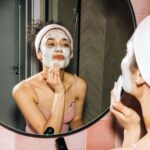
Leave a Reply